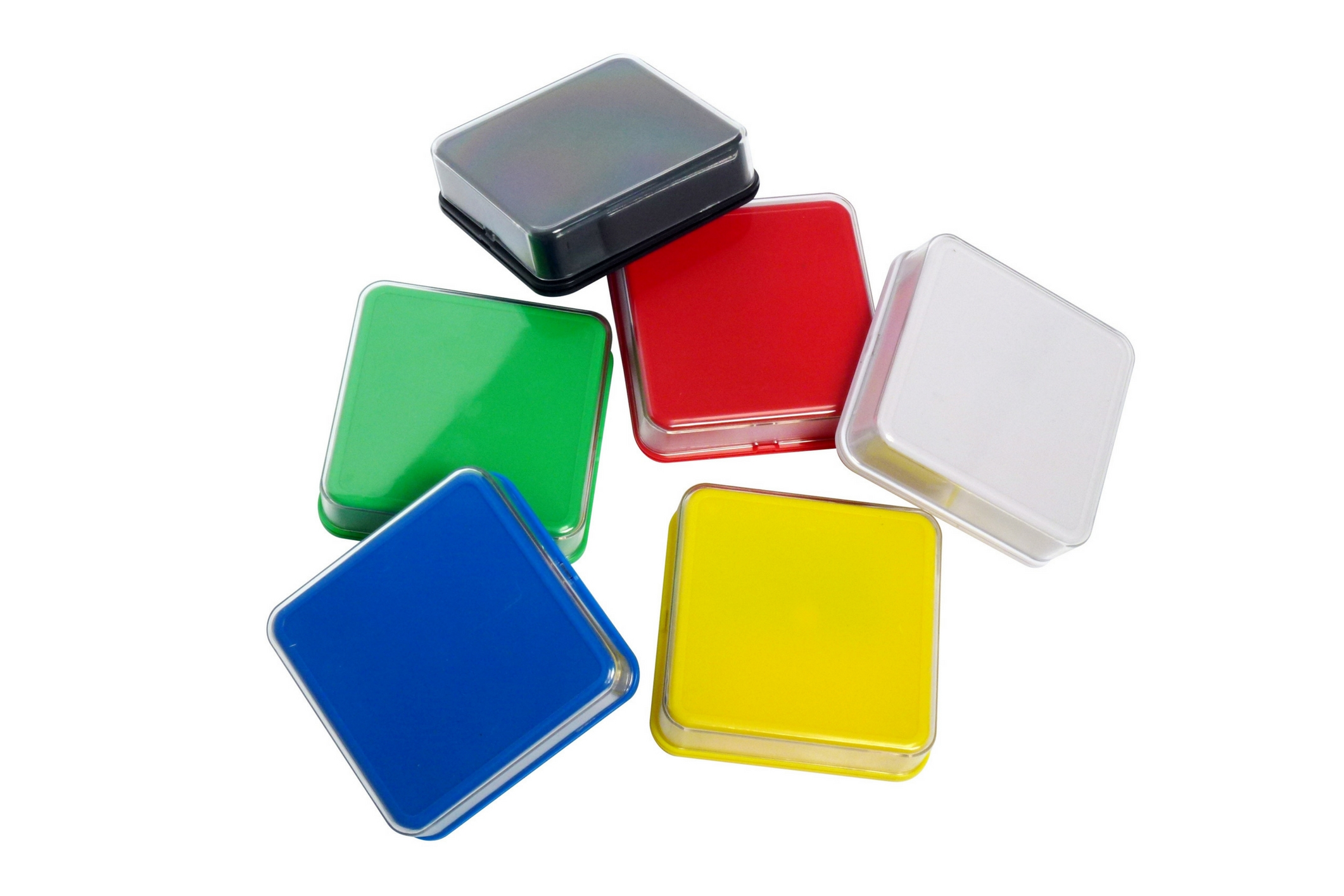BLOG


Can a child outgrow sensory processing disorder (SPD)?
Sensory Processing Disorder (SPD) is a condition in which the brain struggles to respond properly to information taken in by the senses. Children with this disorder may be overly sensitive to things in their environment. Even normal sounds and textures can cause painful or overwhelming emotions in those with sensory processing disorder.
Simple things such as touching a shirt or a piece of velvet can trigger this pain. As a result, children with SPD may appear to be uncoordinated, hard to converse with, or even unable to tell where their limbs are in space.
Identifying Sensory issues in Children
Sensory processing issues are identified in children, but adults can have them too. This disorder may affect one sense, like hearing, touch, or taste, or may affect multiple senses. Here are some ways to identify SPD in children:
- People with SPD can be over- or under-responsive to things they have difficulties with.
- In some children, uncomfortable sounds or noises may cause them to vomit or dive under the table.
- They may scream when touched or may recoil from the texture of certain foods.
- On the other hand, some kids may seem unresponsive to anything around them.
Many children with sensory processing disorder start out as fussy babies who become anxious as they grow older. These kids may not handle change well and have frequent meltdowns. Sometimes, children may have symptoms like these often but therapists consider a diagnosis when these symptoms become severe enough to affect normal functioning and disrupt everyday life.
Treating Sensory Processing Disorder
At present, sensory processing disorder isn’t a recognized medical diagnosis and therefore, many families with an affected child often finds that it is hard to get help. Occupational therapists commonly see and treat children with sensory processing problems. Treatment depends on a child’s individual needs. In general, it involves helping children do better at activities they’re normally not good at and helping them get used to things.
Sensory Integration
Treatment for sensory processing problems is called sensory integration. It challenges a child in a fun, playful way so he or she can learn to respond appropriately and function more normally. One of the therapies uses the “floor-time” method where there are multiple sessions of play with the child and parent. These sessions allow the parent to “enter” into the child’s world. It also creates opportunities for the child to master important skills in areas such as relating, communicating, and thinking.
Do kids outgrow this condition?
Sensory Processing Disorder is often seen in children who have other conditions such as autism spectrum disorder. Similar to autism spectrum, the symptoms of this disorder exist only a spectrum only. However, it is possible for a child to outgrow this disorder, which is not the case in autism.
In children with less severe cases, a child may just have an immature sensory system. Here, a child will be able to outgrow sensory problems as their sensory system matures with age. However, sometimes the disorder may be permanent and the child must learn to develop coping strategies such as social withdrawal or things like swimming to reduce the stress.
Although SPD and ADHD have similar symptoms, traditional ADHD medications will not work for children with SPD. These kids need to work with an occupational therapist to reduce or remove their symptoms. After a few months of such treatment, most children will start to feel more comfortable and even physically stronger while others may need a couple of years to show progress. They key is to have patience and helping a child become more comfortable with his or her environment and lead a more fruitful life.

